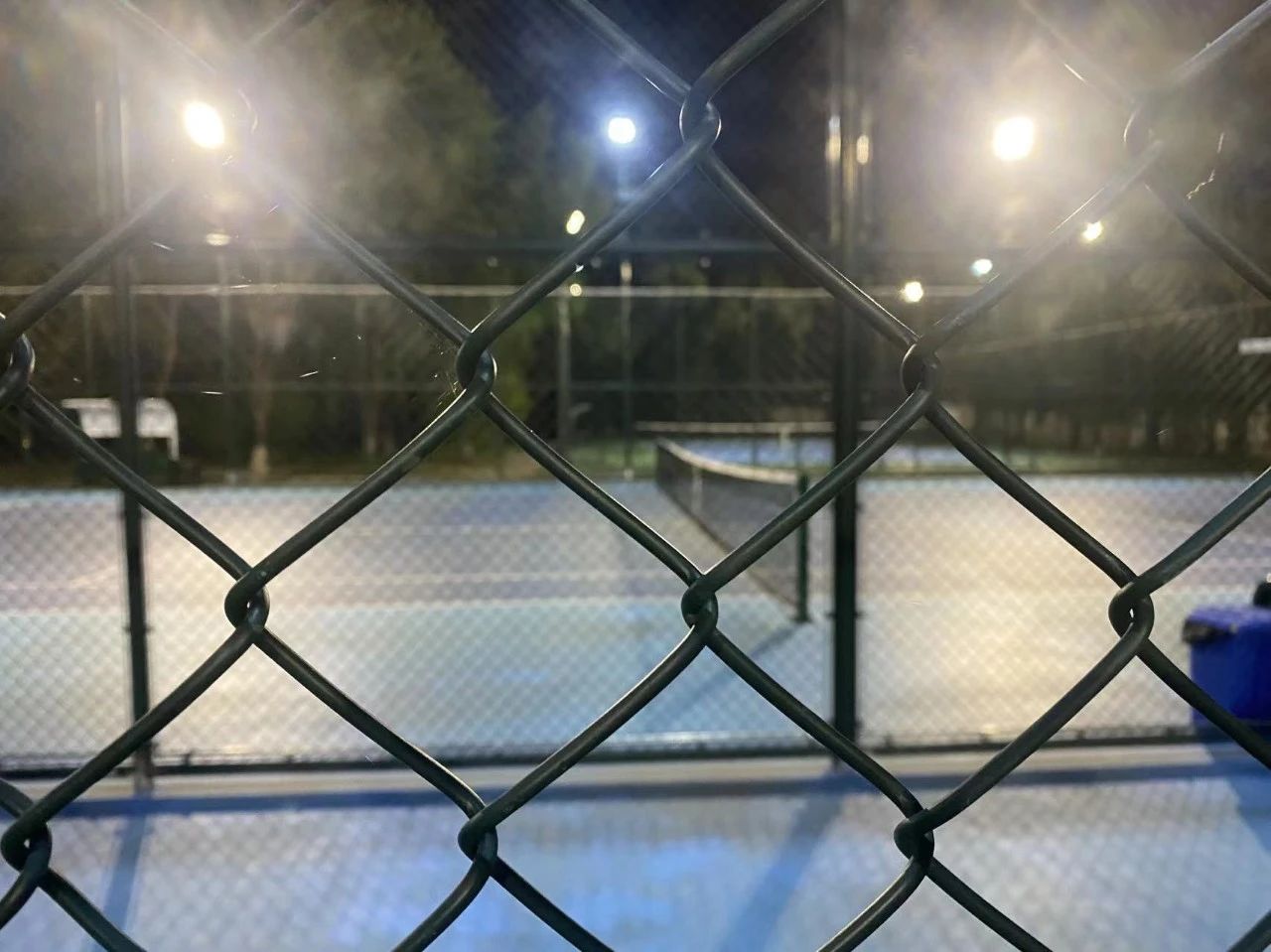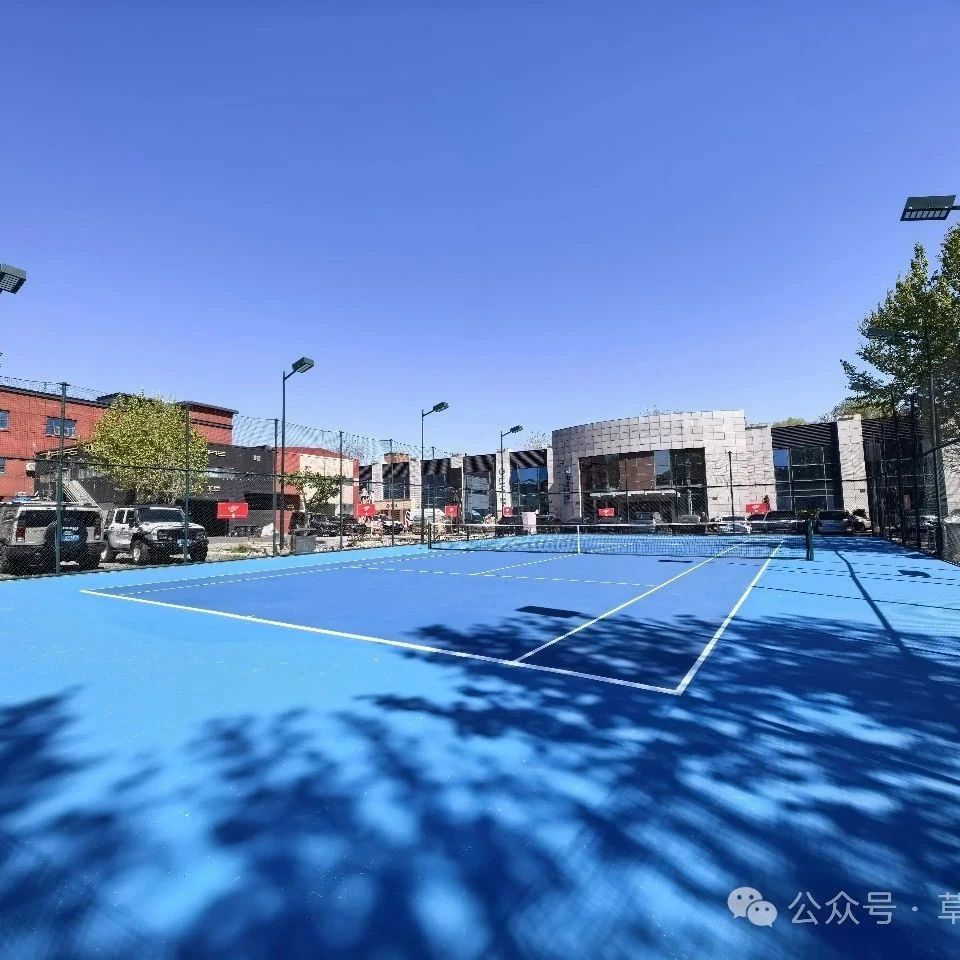Comprehensive Tennis Fitness Training (2): An Overview of Six Key Physical Attributes


"All articles in the 'Translating Trees into Forests' column are sourced from foreign-language translations and are not marked as original works. If you believe any content infringes on your rights, please contact us for removal."
This article is adapted from "Complete Conditioning of Tennis: Comprehensive Tennis Fitness Training." Due to formatting challenges in the book, creating a seamless Chinese-English has proven difficult. Readers who are capable are welcome to contact me privately for access to the original English text.
Chapter 1: Six Physical Fitness Components
Tennis is more inclusive than other sports, meaning "players of all heights and body types can achieve success." For instance, Todd Martin stands at 1.98 meters tall, while Michael Chang is only 1.75 meters tall. Todd leverages his height and reach to dominate with powerful serves and exceptional net play, often securing decisive points with his aggressive style. In contrast, Michael excels in baseline rallies, focusing relentlessly on returning every shot with determination and precision. Despite their differing playing styles—shaped by their unique physical attributes—they both became world-class tennis players and went on to earn countless accolades throughout their careers. And though their body types influenced their approaches to the game, they shared a common commitment to rigorous training and outstanding physical fitness.
Taking into account the two points above, we will explore "what else is needed to become an outstanding tennis player—beyond just hitting technique." The key to reaching peak performance as a modern tennis player lies in leveraging every possible advantage to enhance athletic ability and adhering to scientifically designed training programs. This chapter will cover all aspects of comprehensive physical conditioning for tennis players.
The physical fitness requirements for tennis
Researchers define tennis as a stress-induced sport—players must react instantly to a series of unexpected situations. During matches, we observe players sprinting, changing direction, reaching for the ball, extending their bodies, dropping into a lunge to lower their center of gravity, and even performing abrupt stops and quick starts—all in response to incoming shots. The key to a player’s outstanding performance lies in how effectively they execute these movements while maintaining both balance and precise shot control.
Therefore, for players to elevate their athletic performance, they must improve in six key physical attributes: flexibility, strength and endurance, power, agility and speed, body composition (body fat percentage), and both aerobic and anaerobic fitness levels.
This chapter provides a brief introduction to the six physical fitness requirements for tennis players, while subsequent chapters will offer detailed explanations of how to test and improve each of these fitness attributes.
Flexibility
In tennis matches, when returning shots, you often push certain parts of your body to the very limits of their range of motion. You need to generate tremendous power from a variety of body positions—whether it’s shifting direction, reaching for the ball, making sudden stops, or serving. That’s why building both strength and flexibility, while simultaneously expanding your joint mobility, is an excellent strategy for preventing injuries and enhancing athletic performance.
Strength and Endurance
Have you ever played a match so long that your muscles were sore for days afterward? That’s a clear sign—you need not only excellent hitting technique, but also matching muscle strength and endurance. During a match, you’re constantly running while executing hundreds or even thousands of shots. Good muscular endurance doesn’t just provide a steady flow of power; it also ensures your performance remains consistent throughout the entire game. Interestingly, boosting both strength and stamina is equally beneficial in preventing sports injuries.
Explosive power
Tennis requires several explosive movements. Strong explosiveness helps us react more quickly and execute powerful, efficient motions. Players with excellent start-of-movement explosiveness can get into position faster, fully prepare, and deliver high-quality shots. In certain situations, this initial burst of power allows players to transfer their speed into the ball itself, significantly increasing the pace of their returns.
Explosive power metrics for both the upper and lower body are equally important. We must learn how to transfer explosive energy from the lower body to the upper body, enabling us to maximize overall physical explosiveness.
Sensitivity and speed
Sensitivity metrics are crucial for evaluating a player's on-court mobility. High sensitivity allows players to prepare in advance, ensuring they maintain the correct positioning and solid footing at the moment of impact. In tennis matches, where players typically have just 5 seconds to compete for a single point, they often need to make about 4 directional changes within that timeframe—and the speed of these changes directly depends on the player's sensitivity level.
Speed is a crucial metric for determining whether a player can quickly reach the hitting zone. While some players naturally possess a talent for speed, even those with less natural ability can achieve similar results through targeted training of their muscles and nervous system. Therefore, speed—once considered an innate trait—can indeed be improved with dedicated practice. The faster a player gets to the hitting zone, the more time they have to prepare effectively for their swing.
Body composition ratio
(Fat Percentage)
Among the body's various components, water and bone typically maintain a relatively constant proportion. When aiming to shift body composition ratios, we should focus on the relationship between muscle and fat. While proper strength training can help increase muscle mass, simply relying on strength exercises alone isn’t enough to optimize muscle quality. To achieve both goals—boosting muscle weight and improving muscle quality simultaneously—we must strike a balance by building muscle while keeping body fat levels relatively stable.
"Fat-loss diets" and "aerobic training" are the two primary pathways to reducing body fat. Unlike weight-loss diets, fat-loss diets require specific adjustments because our goal is to target only body fat—whereas conventional weight-loss diets often result in a simultaneous reduction of both muscle and fat. A fat-loss diet focuses on maintaining an adequate calorie intake while significantly cutting back on dietary fat. Meanwhile, aerobic exercise taps into body fat as its primary energy source, allowing us to incorporate cardio workouts that not only help burn stored fat but also boost endurance, preparing you for longer, more demanding activities.
The generally accepted healthy body fat range is 8%–18% for men and 15%–25% for women. Achieving this body fat range requires a balanced diet combined with appropriate aerobic exercise.
Aerobic and anaerobic fitness
What’s the best method for tennis-specific fitness training? To answer this question, let’s take a look at the sport’s energy demands. During long-distance running events, athletes primarily rely on their aerobic system for energy; in contrast, during short, explosive activities like a 20-yard sprint, they depend on their anaerobic system. While precisely quantifying the energy requirements of tennis is challenging, we know for sure that tennis players draw their power from both a robust aerobic and anaerobic system.
In tennis matches, two evenly matched players typically take about 5 seconds to compete for a single point on a hard court—though even on the slower clay courts, this rarely exceeds 10 seconds. Moreover, players perform roughly 300 to 500 short sprints per match on average, and these short bursts of speed are anaerobic in nature. Therefore, whether measured by the duration of the activity or its physical demands, anaerobic training plays a crucial role in helping players elevate their competitive performance.
Does this mean we can ignore aerobic training? No! In tennis matches, players get 25 seconds of rest between points—and that time increases to 90 seconds if there’s a change of ends. If your aerobic fitness is weak, not only will it be tough to regain your competitive edge within such short intervals, but you’ll also feel extremely fatigued by the latter stages of the match. Another major benefit of strong aerobic conditioning is that it enables players to maintain high-quality training sessions fueled by sustained endurance. Therefore, considering both the typical duration of matches and players’ ability to recover effectively, aerobic training plays a crucial role.
Summary
The six physical attributes discussed in this chapter are crucial for enhancing athletic performance—they help improve sports efficiency, reduce the risk of injuries, and extend your active lifespan. Subsequent chapters will guide you in developing a well-rounded, periodized training plan tailored to your needs.


